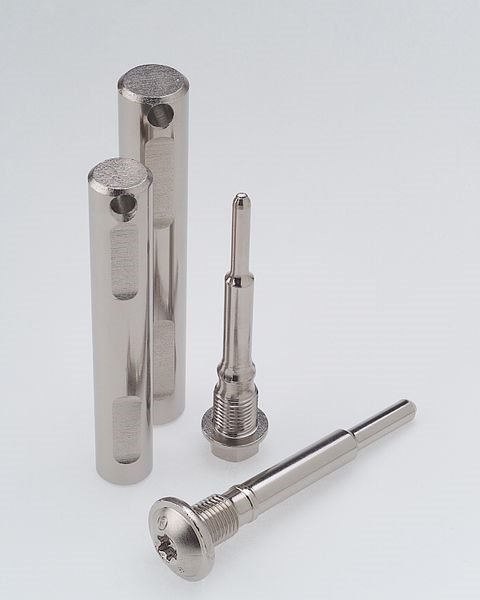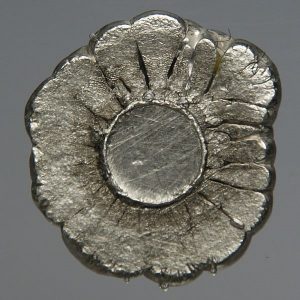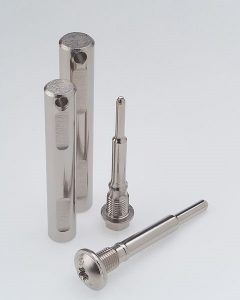
29 Jan Electroless v electrolytic nickel plating: the differences
Both electroless and electrolytic plating involves applying a coating of nickel to another material. Electrolytic plating is the older of the two processes, but this doesn’t necessarily mean it is the best. Both have their own set of advantages and disadvantages and are suitable for different types of application.

Processes involved
The main difference between electroless and electrolytic nickel plating is electricity. Electrolytic plating uses an electrical direct current to apply the coating of nickel’ on the other hand, electroless plating does away with the current and instead uses phosphorous to cause a chemical reaction.

The advantages of electroless nickel plating
Electroless plating is the newer of the two and continues to grow in popularity due to its wide range of applications. Electroless plating is used in industries such as automotive, defence and petrochemical. It has several distinct advantages over electrolytic plating, not least of which is its precision. As the process doesn’t use electricity, it applies a far more uniform and even deposit of nickel. It also offers greater levels of resistance than electrolytic plating, and additional hardness/durability. This makes it perfect for products that will undergo extreme stress.
The addition of phosphorous also ensures that electroless plating offers impressive EMI (electromagnetic interference) shielding. This is due to the magnetic properties of the phosphorus and is especially useful for sensitive electronic equipment. Other advantages include increased lubricity, as electroless plating creates less friction with other materials.
The process is also much more versatile and allows nickel plating to be applied to almost any material, regardless of its thickness. Electroless plating offers a high degree of customisation. It is also great for salvageability and is recommended for products that might be salvaged later. A specialist such as https://www.poeton.co.uk/standard-treatments/electroless-nickel-plating/ will be happy to provide any further information you need.
The advantages of electrolytic nickel plating
Electrolytic nickel plating involves many of the same foundational processes as its electroless counterpart. The material must first be cleaned thoroughly and pre-treated. After this, it is immersed in a container full of nickel that has been positively charged. A direct current is then passed through the solution, encouraging the nickel ions to attach to the chosen material.
Although electrolytic plating is not quite as versatile as electroless and can’t offer quite the same levels of corrosion protection or hardness, it still has its uses. As it doesn’t require additional phosphorous, the end product is much purer; what’s more, pure nickel can be used. The purity of the nickel makes surfaces more conductive, which can be useful for electrical components. Other pure metals can also be used, including copper.
Price is a major factor, with electrolytic plating often much cheaper than electroless. This makes it more scalable and facilitates higher levels of production and output. Materials that have been coated using electrolytic methods are also much more resistant to heat and can survive temperatures all the way up to an impressive 1,832°F.

No Comments